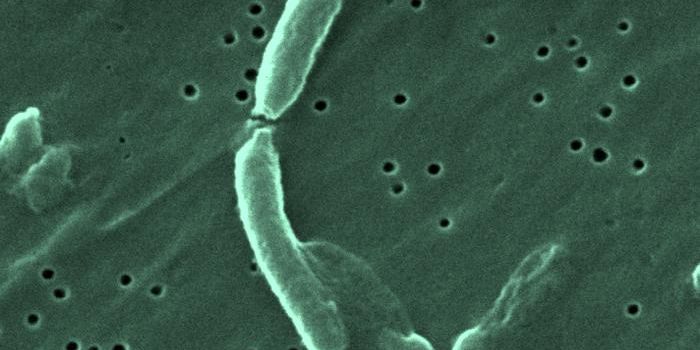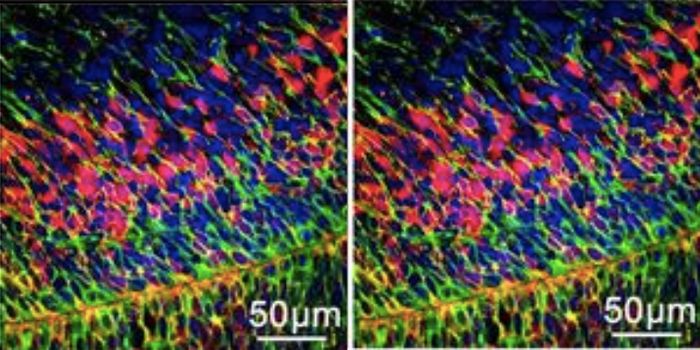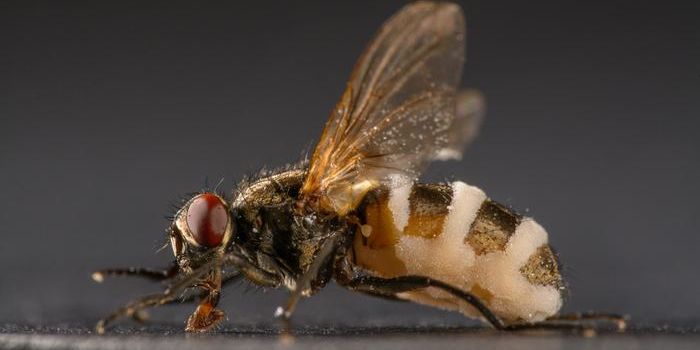'Ice Bucket Challenge' Gene Research Opens New Insights Into ALS Causes, Treatment
Since 2014, the ALS Ice Bucket Challenge has inspired more than 17 million people to raise $115 million for The ALS Association, which has funded over 500 research projects with the money. Because of that boost, the first drug to treat ALS has been approved by the FDA, other new treatments are in testing, and scientists have been able to identify several genes that are connected to the disease.
While mutations in a gene called NEK1 have only been associated with around two percent of ALS cases, it is one of the primary genetic causes of ALS that have been revealed so far. Now investigators have learned more about how NEK1 mutations can lead to ALS, a disease in which the motor neurons that control movement degenerate and die, which causes paralysis and eventually, death. The work has been reported in Science Advances.
Mutations in NEK1 were found to lead to two problems: support structures in neuronal projections called axons are destabilized and prone to collapse; and the import of cargo into the neuronal nucleus is disrupted. The nucleus is then deprived of essential molecules including proteins and RNA, which impairs cell function.
"By illuminating these two pathways, we're suggesting these are great therapeutic targets for the disease," said study lead author Evangelos Kiskinis, an assistant professor of neurology and neuroscience at Northwestern University Feinberg School of Medicine.
"This discovery is important because a major breakthrough in ALS research in the last few years was discovering that nuclear import is disrupted in other forms of genetic ALS," Kiskinis said. "We are linking this new cause of ALS to other genetic causes in which the same process is disrupted."
Scientists and clinicians are still determining whether ALS is a single disease or a group of disorders that are genetically distinct but clinically similar, said Kiskinis. This work has suggested that various genetic forms are the same ALS disease, which is crucial to the creation of trials and therapeutics that will successfully treat specific groups of ALS patients, Kiskinis added.
Microtubules are an essential part of the structure of most cells, including neurons. It may be possible to treat ALS by supporting the microtubules that are known to be weakened by the disease. There are existing drugs, such as the cancer treatment paclitaxel, that can stabilize microtubules. In this study, the researchers reprogrammed cells from ALS patients to create neurons in culture. When the cells were exposed to microtubule-stabilizing drugs including paclitaxel, function improved.
Unfortunately, ALS patients would be exposed to serious side effects with these drugs, so any use would have to be very cautious, and would have a narrow dose range, noted Kiskinis. The work does indicate, however, that ALS might be treatable by stabilizing neuronal microtubules.
The researchers are also interested in finding ways to improve NEK1 function when the gene is mutated, so that the neurons do not degenerate.
Sources: Northwestern University, Science Advances









